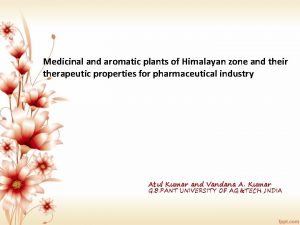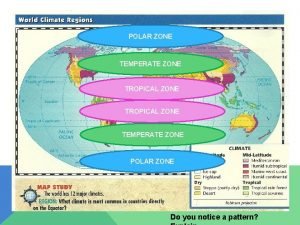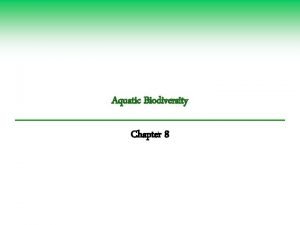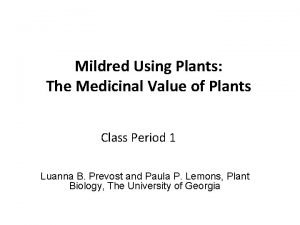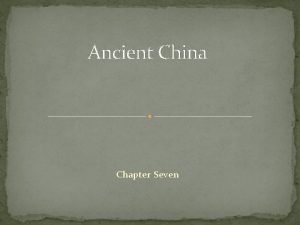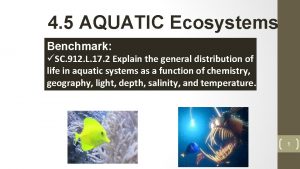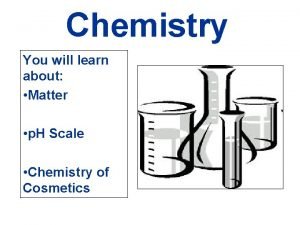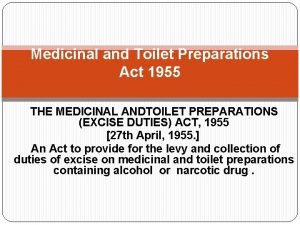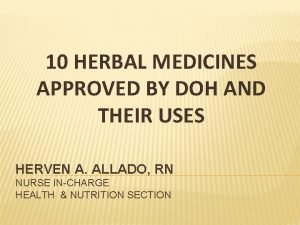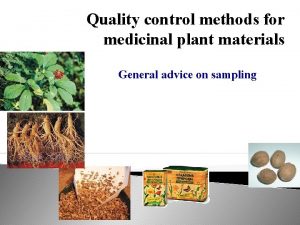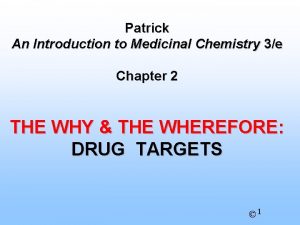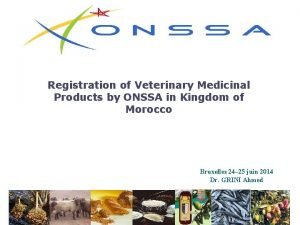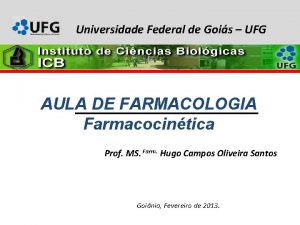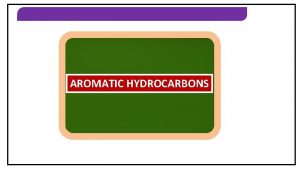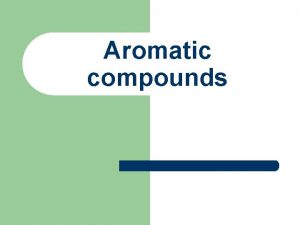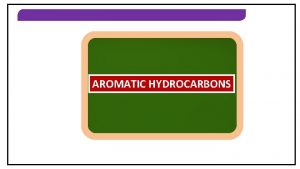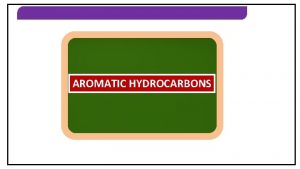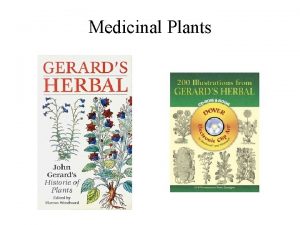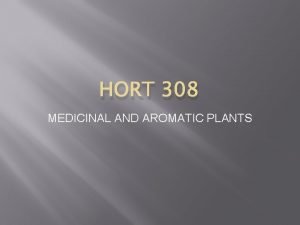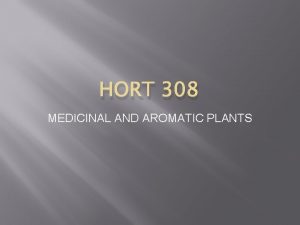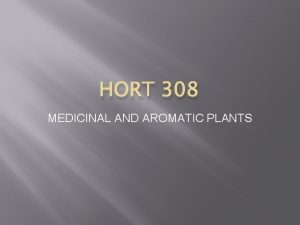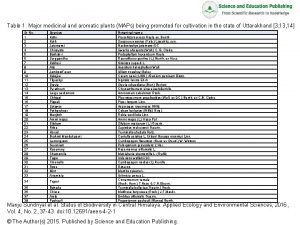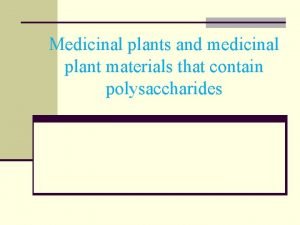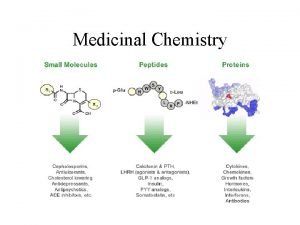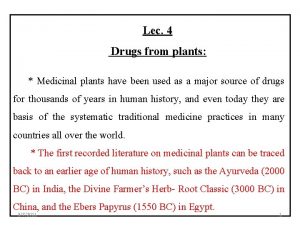Medicinal and aromatic plants of Himalayan zone and







































- Slides: 39

Medicinal and aromatic plants of Himalayan zone and their therapeutic properties for pharmaceutical industry Atul Kumar and Vandana A. Kumar G. B. PANT UNIVERSITY OF AG. &TECH. , INDIA

Medicinal and aromatic plants (MAPs) have played a vital role in providing healthcare to man since the dawn of civilization. In India, varying agro-climatic conditions by nature and wide range of *altitude, *ecology, and *topography have made the Himalayan region a rich repository in biodiversity. In fact, the kind of biodiversity present in Himalayan region is available nowhere in the world.

Google Earth© map of the Himalayan region

Recently, there has been a (Welcome) shift in universal trend from synthetic to herbal medicine, which we can say…. ‘Return to Nature’ Medicinal plants have been known for millennia and are highly esteemed all over the world as a rich source of therapeutic agents for the prevention of diseases and ailments. Due to rich repository in biodiversity in Himalayan zone India has often been referred to as the…. . ……. Medicinal Garden of the world…….

Countries with ancient civilizations such as China, India, South America, Egypt, still use several plant remedies for various conditions. In this regard, India has a unique position in the world, where a number of recognized indigenous system of medicine viz. , Ø Ayurveda, Ø Siddha, Ø Unani, Ø Homeopathy, Ø Yoga and Naturopathy are being utilized for the health care of people.

The one reason for the popularity and acceptability is belief that all natural products are safe. The demand for plant based *medicines, *health products, *pharmaceuticals, *food supplement, *cosmetics etc are increasing in both developing and developed countries, due to the growing recognition that: The natural products are *non-toxic, have *less side effects and *easily available at affordable prices.

Why this urgency for plant based (HERBAL) products? ?

The world population is likely to touch the 7. 5 billion by the year 2020. Mostly, this increase is in the developing or underdeveloped countries, 80% of whose population still relies on a traditional system of medicine based on herbal drugs. These folk or household medicines are *readily available in neighbourhood, *cheap, and *without side effects, having been time tested. The demand for medicinal plants: for *drug, *food supplements (nutraceuticals) and *cosmetics.

There is great demand for herbal medicine in the developed as well as developing countries Medicinal plants play a great role in: Ø Food supplements alongside Ø The therapeutically active substances, Thus medicinal plant based industry is a *promising sector with *enormous economic growth potential. Nutraceuticals (Health Food) are also in great demand in the developed world and are gaining popularity in developing world as well.

Bridging the gap between food and medicine…. . Pharmaceutical & Nutraceutical

Herbal drugs: Essential components of traditional medicine in several countries including China and India has a well-established system of medicine known as Ayurveda that utilises plants, animal and minerals for the welfare of human beings. India is also a hot-spot of mega-biodiversity. There is an urgent need to rationally utilize medicinal plants for curative purposes with proper maintenance of biodiversity.

Pharmacopoeia ……. Historical perspective…….

One of the oldest Pharmacopoeia is by the Greek physician Galen (A. D. 129– 200). • The great civilizations of India, China and North Africa have developed this science to perfection, and written records are available dating back up to 3000 years B. C. §With the development of modern analytical tools, interest in natural product chemistry has led to the isolation of morphine alkaloid from opium, a mixture of plentiful alkaloids. §This in turn was obtained from the opium poppy (Papaver somniferum) by processes that have been used for over 5000 years.

In 1860, Carl Koler isolated cocaine from the coca tree, the chemical responsible for its biological activity, and has become infamous as a drug of abuse. Ø As a local anaesthetic, it had revolutionized surgical and dental procedures. Ø Similar are stories of the development of many modern drugs such as: Ø pilocarpine from the alkaloid-rich oil of the zaborandi tree (Pilocarpus zaborandi) used to treat glaucoma, Ø antiinflammatory agents from the pineapple (Ananas comosus), The other botanicals include atropine, hyoscine, digoxin, colchicine and emetine.

Ø Herbal drug industries is now very fast growing sector in the international market. Ø But unfortunately, India has not done well in this international trade of herbal industry due to lack of scientific input in herbal drugs.

Indian Scenario…

India is one of the world’s twelve leading biodiversity centers… with the presence of over 45, 000 different plant species, …. …out of this about 15, 000 -20, 000 plants have good medicinal properties of which only about 7, 0007, 500 are being used by traditional practitioners.

Undoubtedly…… India has a greater role to play, as supplier of herbal products not only to meet the domestic needs, but also to take advantage of the tremendous export potential. • The Siddha system of medicine uses around 600 plants species • Ayurveda 700, Unani 700 and • Modern medicine about 30 plants species.

Projection is being made that after information technology…. . Herbal Technology will be India’s biggest revenue earner…. .

List of Medicinal plants whose market potential is very high





HERBALS In Pharmaceutical Industry…. Points to ponder over precisely before introducing herbs in pharmaceuticals…. . Why we should include herbs in pharmaceuticals? • WHO GUIDELINE – Assessment for modern herbal medicines • Regulatory status of herbs OR herbal medicines in US & UK and elsewhere

HERBS ARE IMPORTANT SOURCE OF LEAD GENERATION: DRUG OF CHOICE IN • DIGOXIN CCF • COLCHICINE GOUT • QUININE ORIGINAL SOURCE FOXGLOVE COLCHICUM SEEDS MALARIA • CROMOGLYCATE SODIUM ASTHMA IN CHILDREN CINCHONA AMI MAJUS

we can develop safer new molecules for diseases like: Ø cancer, Ø AIDS, Ø Diabetes, etc.

However, before introducing herbs in pharmaceuticals, following steps are MUST: • Standardization of herbs • Procurement from the correct source • Identity of Common Adulterants by microscopy or other techniques • Quality of the herb • Toxicity studies • Herbal and Drug Interaction

WHO GUIDELINE – Assessment for modern herbal medicines : A brief outline The objective of WHO guidelines is to define basic criteria for the *evaluation of quality, *safety and efficacy of *drugs (herbal medicines) Guidelines available on following topics: • Pharmaceutical assessment • Crude plant material • Plant preparations • Finished product • Stability assessment and shelf life • Activity • Evidence required to support indication

Besides this…. . EXTREME CARE NEED BE TAKEN REGARDING LIMITS OF…… 1. Pesticides: Mainly pesticides like DDT, BHC, toxaphene, and aldrin cause serious side-effects in human beings if the crude drugs is CONTAMINATED with these agents. 2. Microbial contamination 3. Radioactive contamination

WORLD WIDE HERBAL TRADE The global market for herbal medicines : over $60 billion annually. An average annual growth is expected at 6. 4% or more In ASIA…… Major players : -China and India Out of total global market: - 60 billion US$ India sharing: - only 1% of it

Ø In India: about 25, 000 licensed pharmacy of Indian system of medicine. Ø Presently: about 1000 single drugs and about 3000 compound formulations are registered. Ø Herbal industry in India uses about 8000 medicinal plants. Ø The annual turnover of Indian herbal industry was estimated around US $ 330 million in Indian system of Medicine.

Several Indian companies have patented their products in India as well as Abroad, viz. ØHimalaya Drug Company (HDC), ØEmami, ØAswini, ØAyur, ØDabur.

ØHDC patented its FIRST ‘Herbal Laxative’ preparation for treatment of constipation in February 2001 in the US. HDC’s 5 products: endorsed by more than 250, 000 doctors worldwide, and the company exports its products to more than 60 countries. ØToday, HDC is the only phytopharmaceutical company whose ayurvedic products are registered as a ‘pharmaceutical specialty’ in Switzerland.

ØDabur, which owns 29 patents in the US, is amongst the leaders in healthcare. ØIt became one of the only two companies in the world to introduce an anti-cancer drug, Intaxel (Paclitaxel).

Some traditional herbal preparations include: Asva/Arista (liquid formulation)- drug is soaked in solution of jaggery and allowed to ferment. Avaleha/Pak - kalka (decoction) of drug is repeatedly boiled and condensed with jaggery Bhasma – ash prepared by heating (oxidation) of drug Churna - a form of powder. Gutika/vati/Pill - pulverized drug admixed with honey and made up into Gutika or vati or Pill.

FUTURE SCENARIO…. . India : A gold mine of well-recorded and well-practiced knowledge of traditional herbal medicine. Enormous scope for India to emerge as a major player in the global herbal product based medicine.

The basic requirements include- Ø Well-documented traditional use, Ø Single-plant medicines, Ø Medicinal plants free from pesticides, heavy metals and contamination etc. , Ø Standardization based on chemical and activity profile with Safety, Efficacy and stability.

Thanks…
 Aromatic himalayan plant
Aromatic himalayan plant Which countries are in the temperate zone
Which countries are in the temperate zone Intertidal ocean zone
Intertidal ocean zone Source zone transition zone and floodplain zone
Source zone transition zone and floodplain zone Objective of medicinal plants
Objective of medicinal plants Facts about medicinal plants
Facts about medicinal plants Europe in which hemisphere
Europe in which hemisphere Himalayan graduate school of theology
Himalayan graduate school of theology Himalayan mountains ancient china
Himalayan mountains ancient china Multiple alleles in animals
Multiple alleles in animals Guest lecturer in geography
Guest lecturer in geography Himalayan bank merger
Himalayan bank merger Respiratory zone and conducting zone
Respiratory zone and conducting zone Conducting zone of the respiratory system function
Conducting zone of the respiratory system function Water table chart
Water table chart Zone of aeration and zone of saturation
Zone of aeration and zone of saturation Photic zone and aphotic zone venn diagram
Photic zone and aphotic zone venn diagram Zone 1 and zone 2
Zone 1 and zone 2 Classify the non flowering plants with examples
Classify the non flowering plants with examples Mixtures of organic substances and a medicinal agent are:
Mixtures of organic substances and a medicinal agent are: Medicinal and toilet preparation act
Medicinal and toilet preparation act Les types d'allées dans un magasin
Les types d'allées dans un magasin Narrow band where the ocean meets land
Narrow band where the ocean meets land Normal minute ventilation
Normal minute ventilation Homer hoyt model
Homer hoyt model Spring season months
Spring season months Latitude climate zones
Latitude climate zones What organisms live in the abyssal zone
What organisms live in the abyssal zone Vascular plants vs nonvascular plants
Vascular plants vs nonvascular plants Vascular vs nonvascular plants
Vascular vs nonvascular plants C3 plant
C3 plant Jewel weed medicinal
Jewel weed medicinal Advanced medicinal chemistry
Advanced medicinal chemistry Niyog-niyogan benefits
Niyog-niyogan benefits Quality control methods for medicinal plant materials
Quality control methods for medicinal plant materials Patrick: an introduction to medicinal chemistry 3e
Patrick: an introduction to medicinal chemistry 3e Drug receptor interaction medicinal chemistry
Drug receptor interaction medicinal chemistry Gas medicinal
Gas medicinal Veterinary medicinal product dossier
Veterinary medicinal product dossier Quimica medicinal
Quimica medicinal
